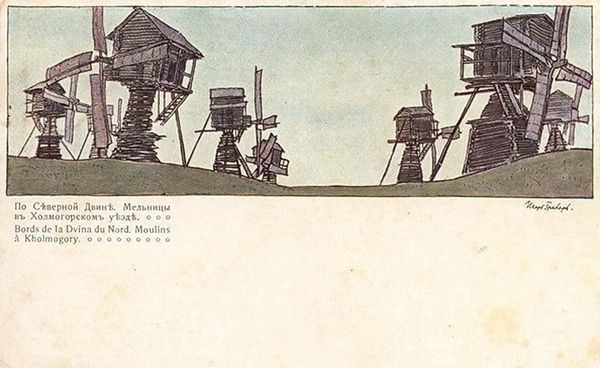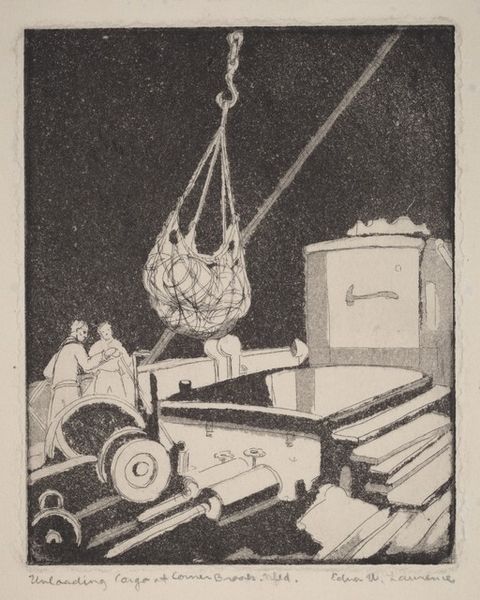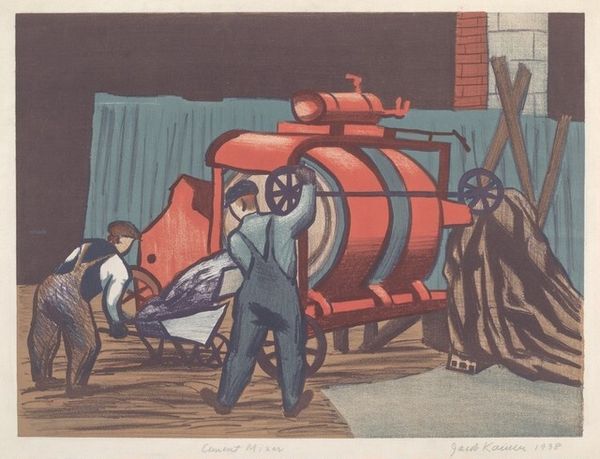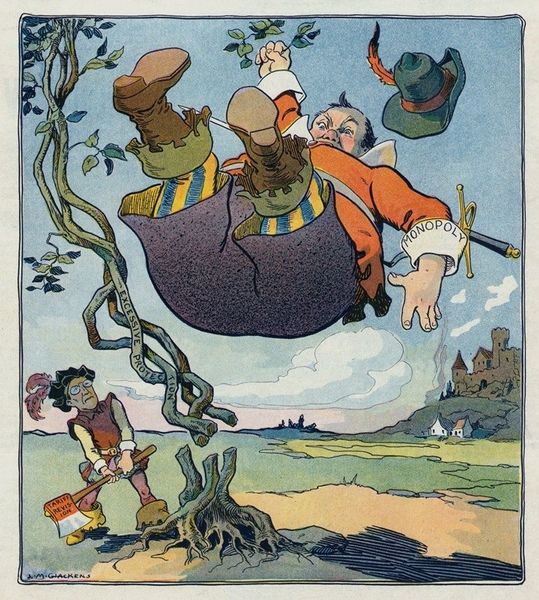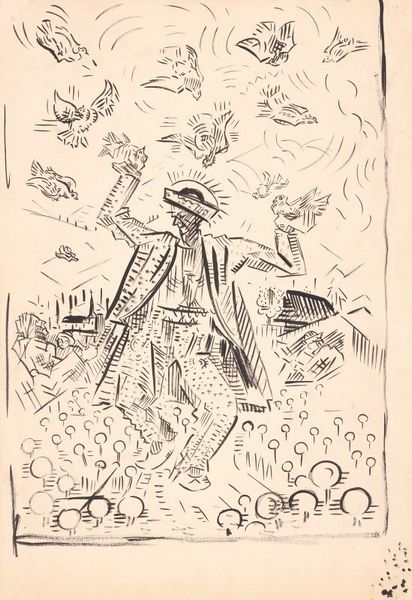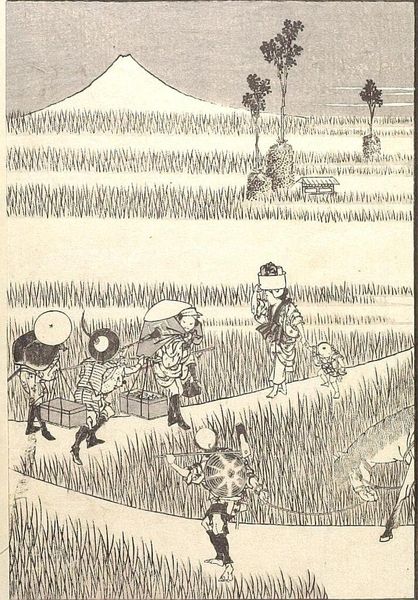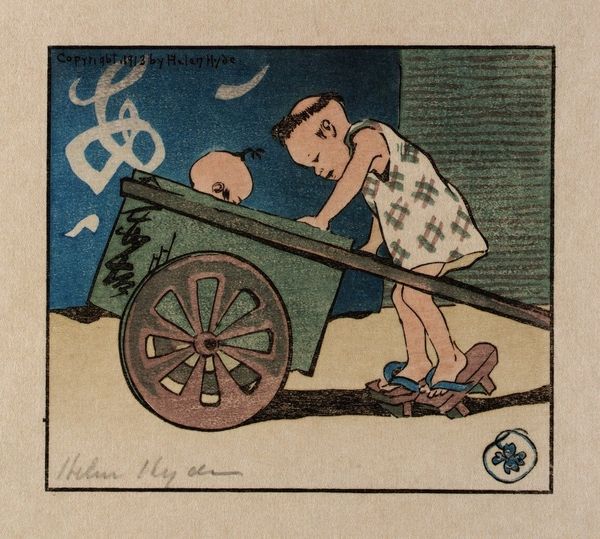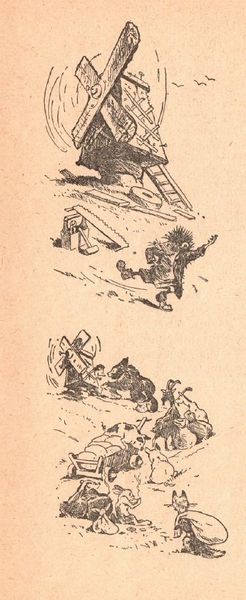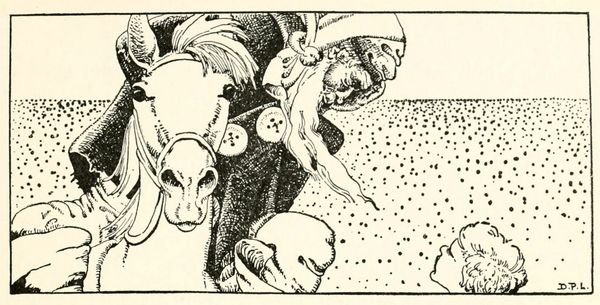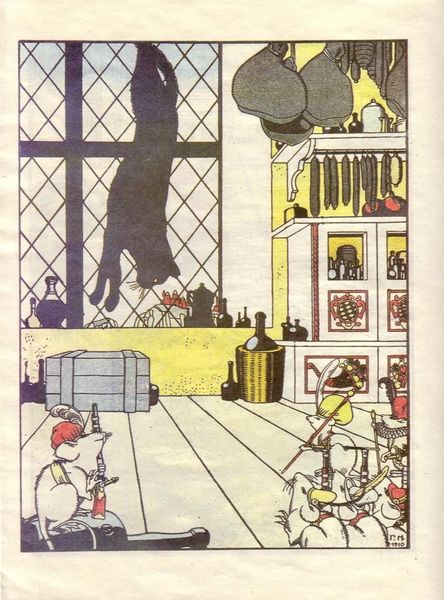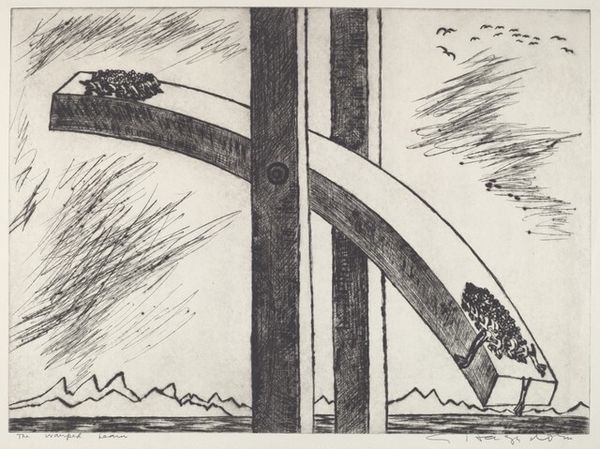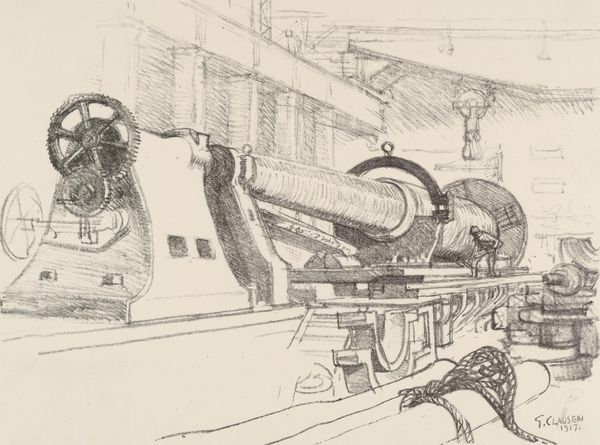
drawing, graphic-art, print
#
drawing
#
graphic-art
#
cubism
#
cartoon like
#
cartoon based
#
narrative-art
#
comic strip
# print
#
traditional media
#
figuration
#
illustrative and welcoming imagery
#
expressionism
#
watercolour illustration
#
storyboard and sketchbook work
#
cartoon carciture
#
graphic novel art
#
cartoon theme
Copyright: Public domain US
Curator: Today we are looking at "The Kin-der-Kids," a 1906 watercolor illustration by Lyonel Feininger. Editor: What strikes me immediately is the raw dynamism of this thing, it's teetering on the edge of complete structural collapse, held together by crosshatching and maybe a prayer. The energy is chaotic. Curator: Absolutely, there is tension in the tilt. Beyond that structural discord, however, this image is layered with social commentary, playing on the anxieties surrounding new technologies of transportation and the naivety of imperial aspirations. The cartoon is like a bizarre parody of progress. Editor: Ah, yes, it's the anxiety of technology! I mean, it visually manifests through the imbalance, a formal element. But that red hue across the craft only amplifies the danger... almost like a visual warning sign. Curator: Redolent of old comic strips, it feels both nostalgic and jarringly relevant with all the cartoon caricture, a commentary on childhood innocence and its rapid corruption within commercial culture, while also capturing the zeitgeist of burgeoning mass media. The figures, although rendered in a cartoon-like fashion, become imbued with psychological depth. Editor: It's a fascinating balance, the depth coming through what seems at first glance so simplistic. The use of line is also particularly expressive... almost a frantic quality in its application. A perfect mirror to your interpretation of that 'rapid corruption.' I see what you mean about that cultural encoding of unease. Curator: The narrative here seems central. He doesn't shy away from storytelling in what were thought of as the more superficial styles of the time, like cartoons and illustrations. I see, too, how they carry cultural weight over time. Editor: I focused heavily on composition in our dialogue. Considering art through different cultural perspectives only enriched my experience further. Curator: Agreed. A rich tableau—not just visually striking, but a powerful commentary on that transitional moment.
Comments
No comments
Be the first to comment and join the conversation on the ultimate creative platform.
